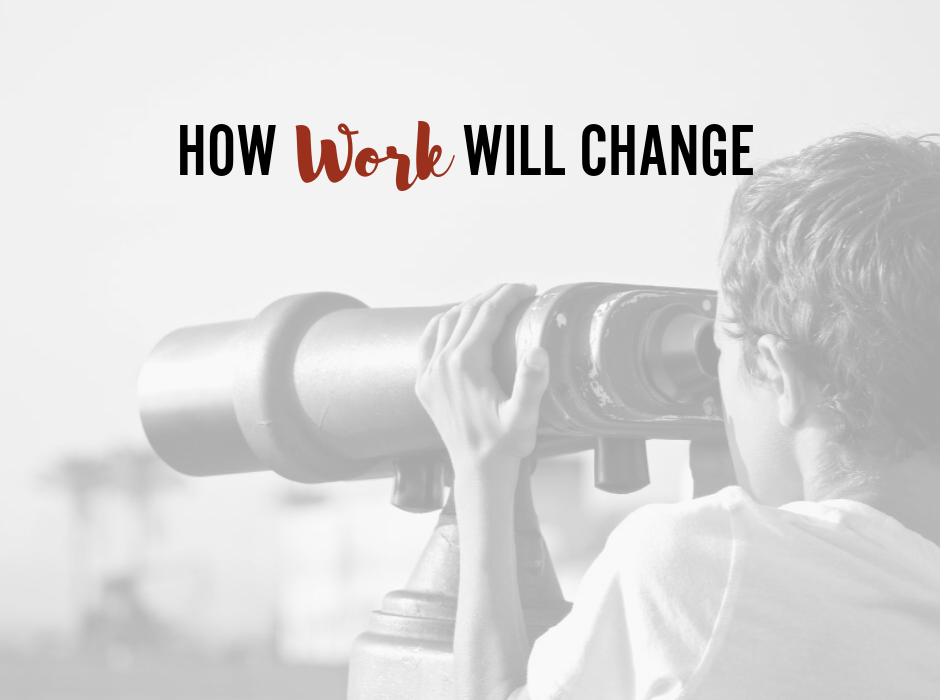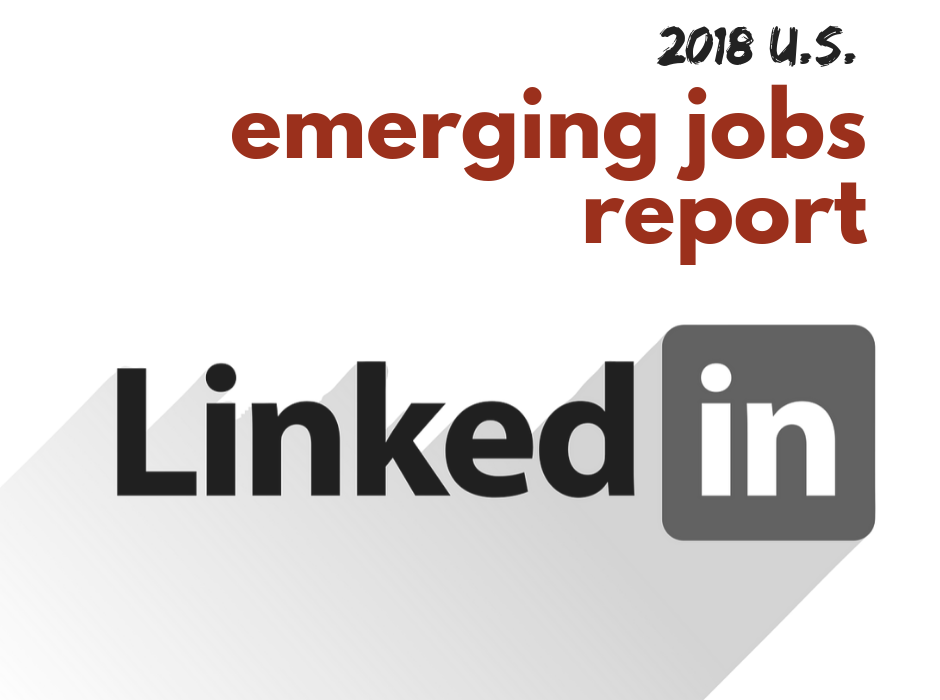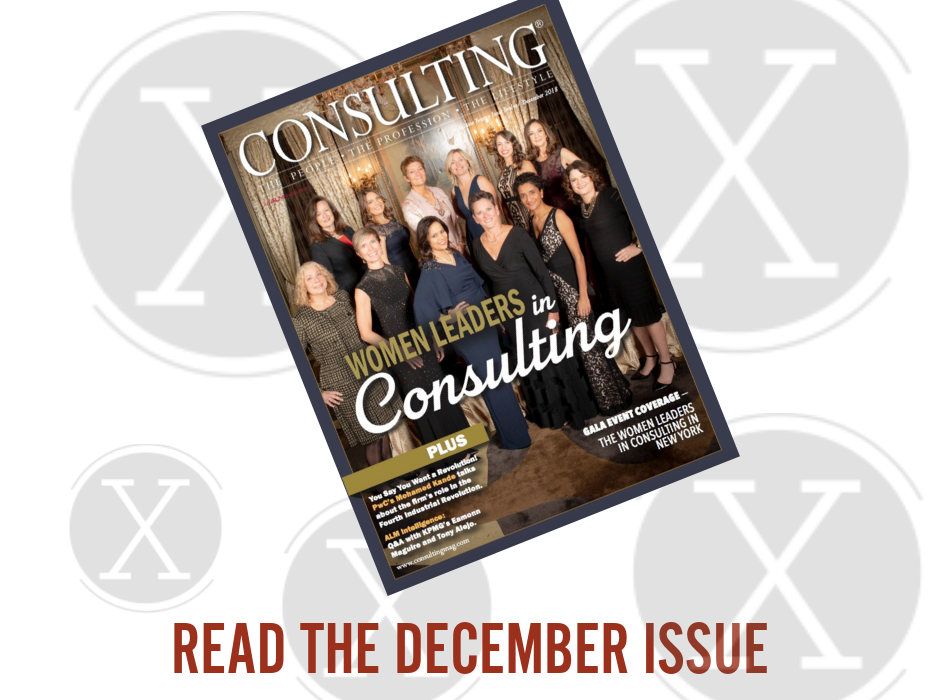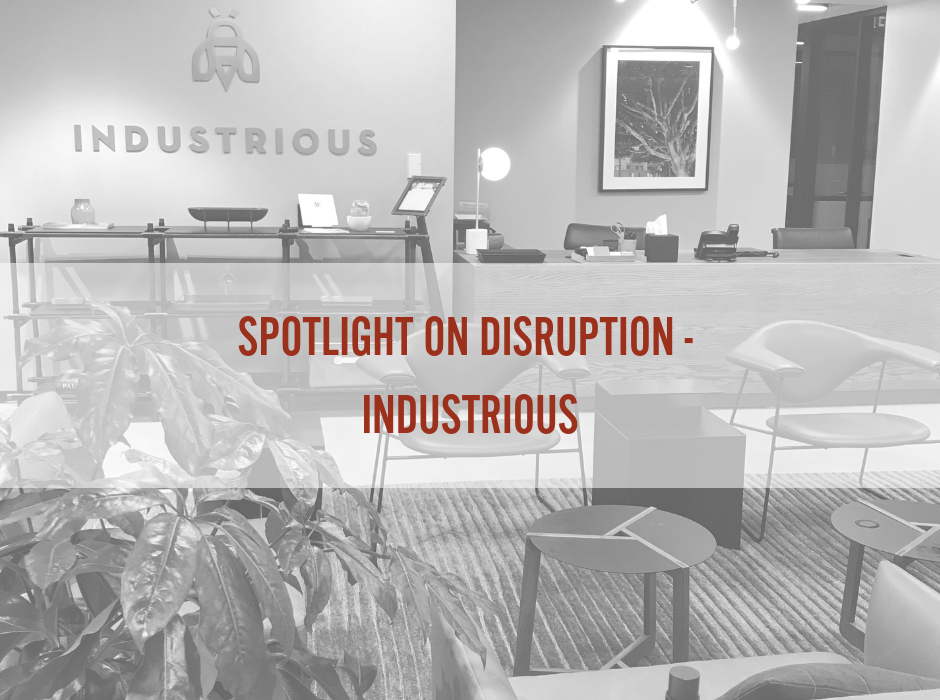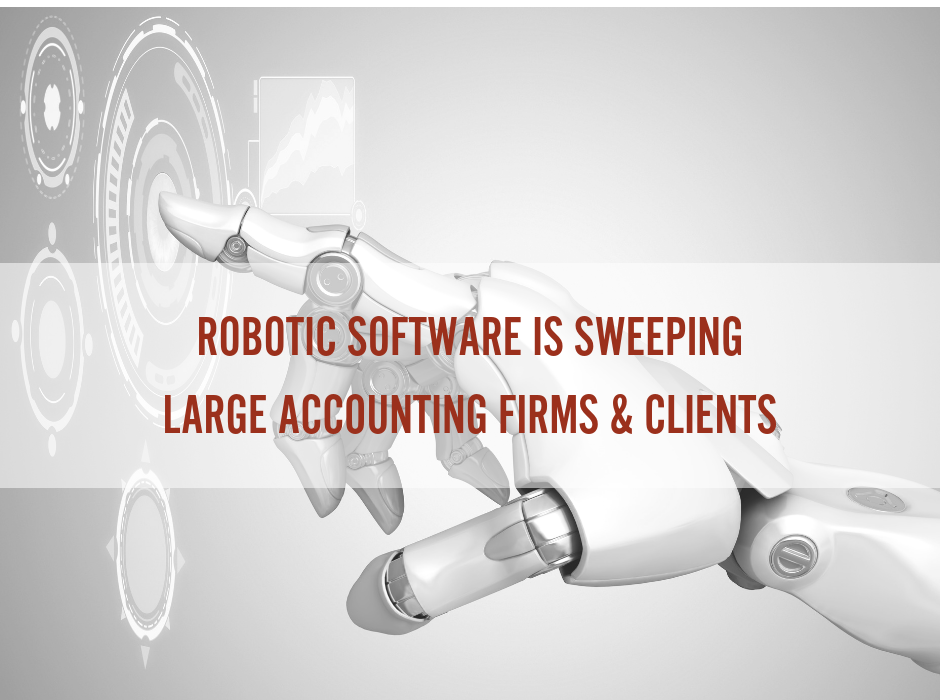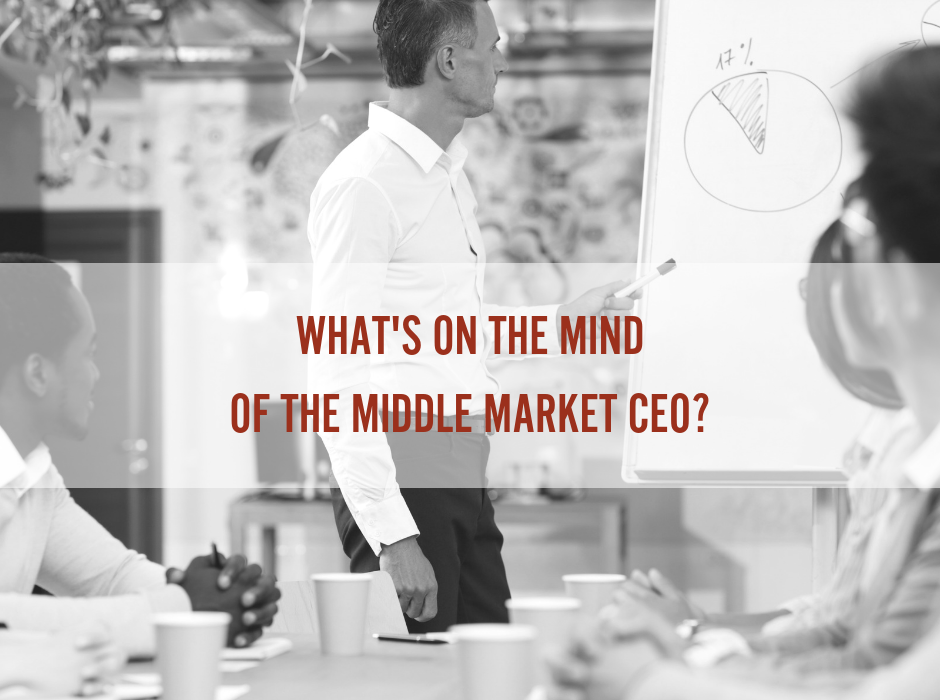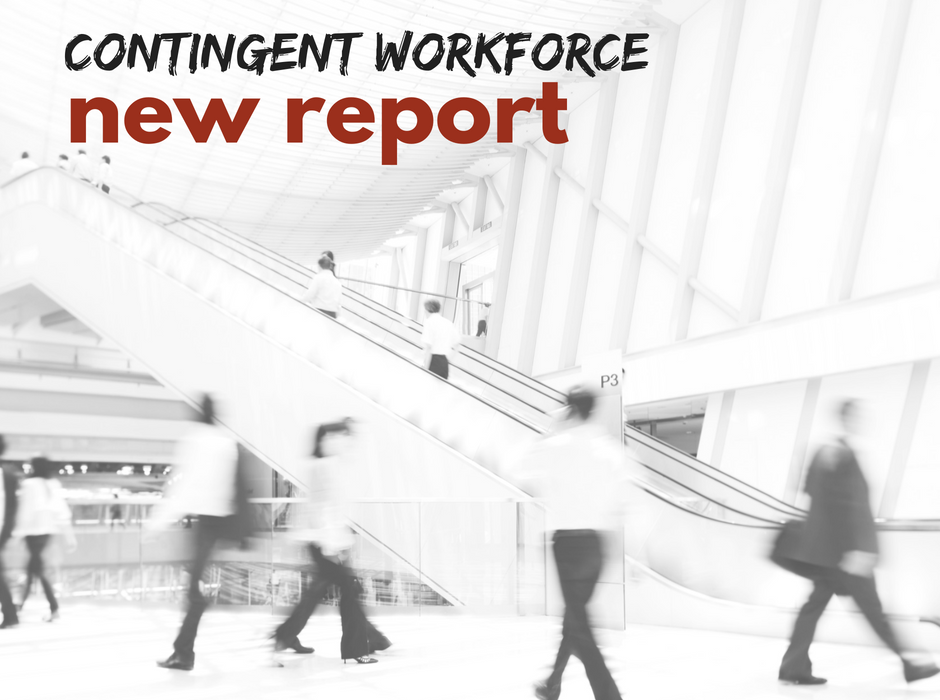5 Ways Work Will Change in the Future
At least 30% of the activities associated with the majority of occupations in the United States (including knowledge workers) could be automated according to a McKinsey Global Institute Report. Even though we can’t predict all the changes that will occur in the future, we do know there are things you can do to be prepared. Read 5 ways work will change in the future via Forbes.

